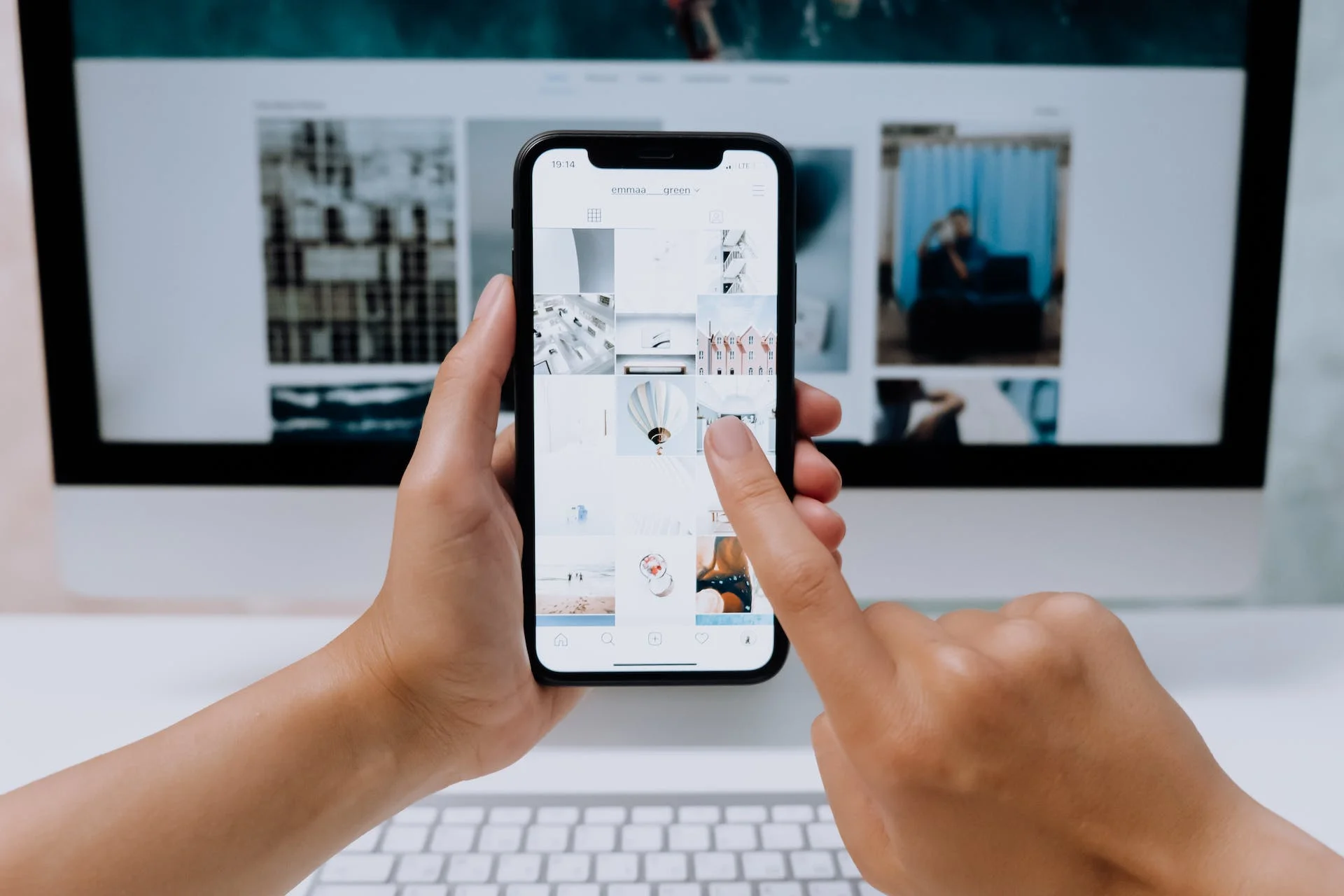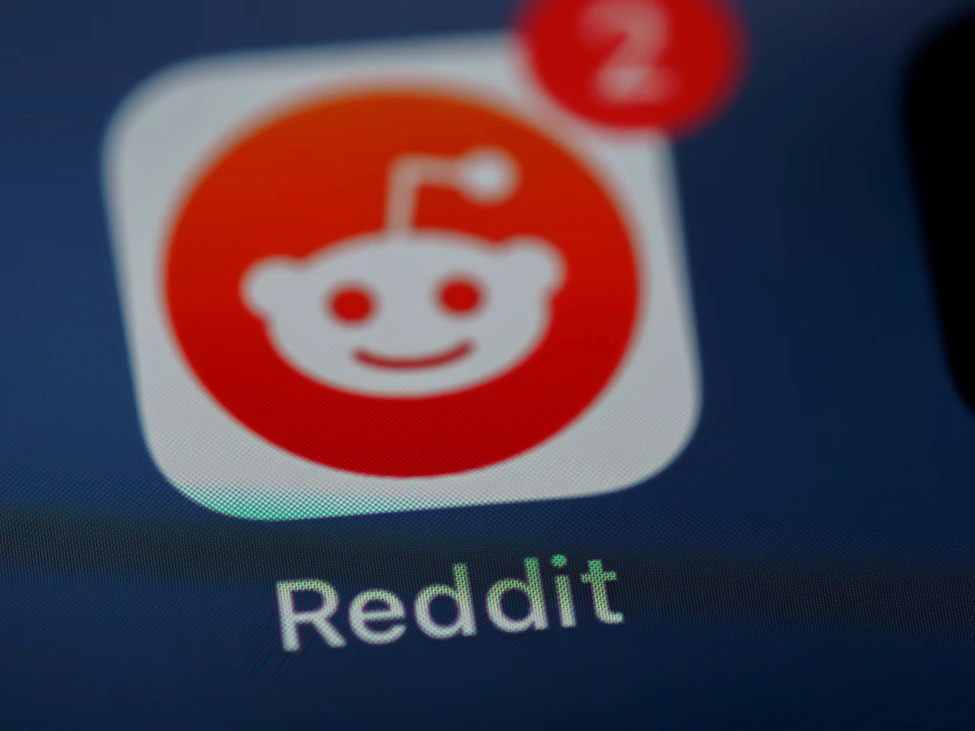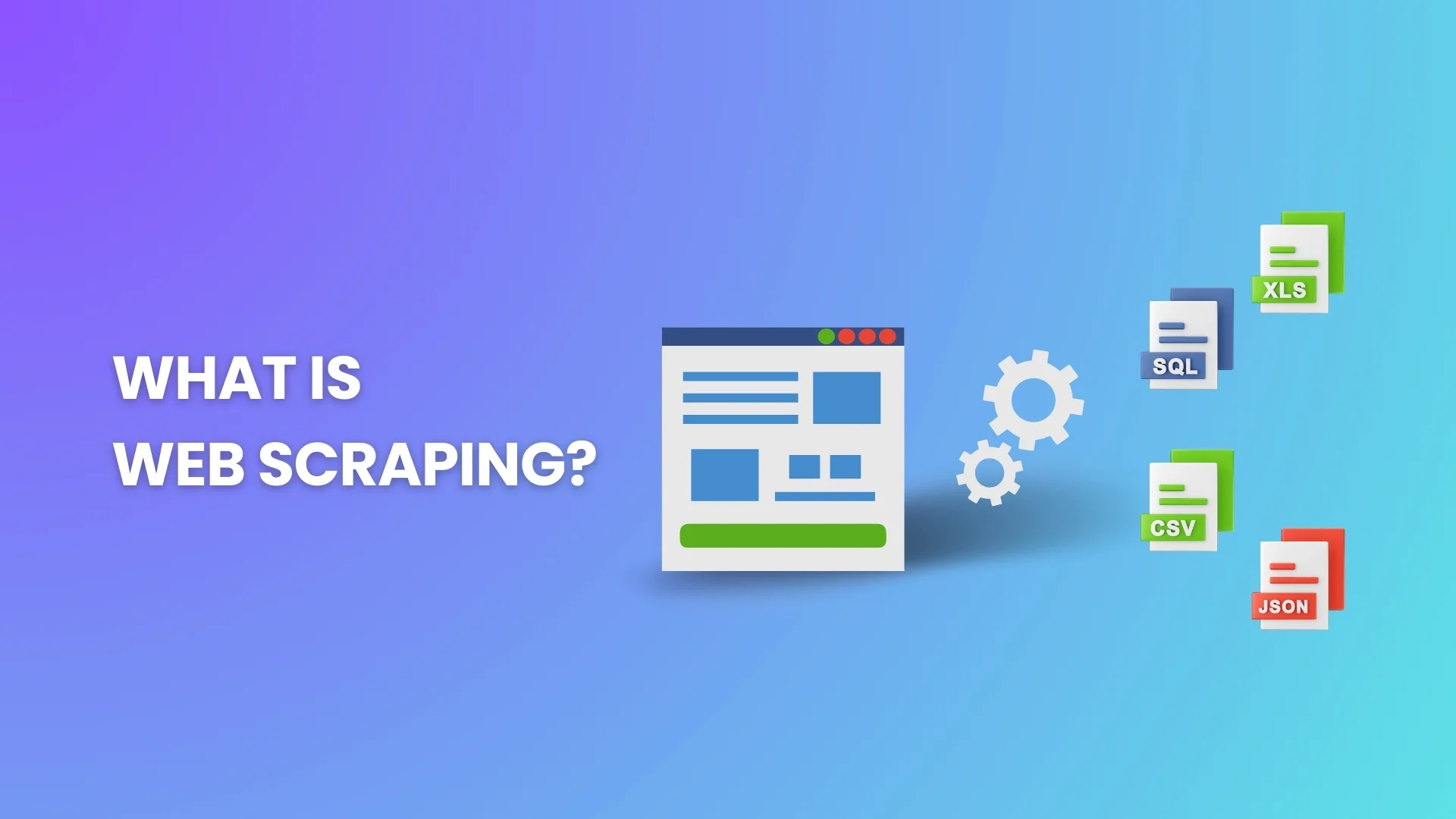Downloading a few images from a single website is fairly easy. You just right-click on each picture and save it.
But what if you’ve got to extract thousands of images from dozens of sources? Like marketplaces and social media platforms that don’t enable image downloading? The task suddenly becomes more than just tedious, but also time-consuming. And in this case, you have two options: stick to manual flow or use an online image data extractor. While you may be well aware of the perks and risks of the first approach, you may wonder what automated image extraction has to offer.
Read on to learn how you can streamline your image extraction process with web scraping images.
Concept of image extractor from website
When we talk about data scraping or data extraction, the first thing that often comes to mind is text-based information — numbers, words, and other alphanumeric characters. However, web scraping isn’t confined to just textual data. It also encompasses the automated collection of multimedia elements like images and web scraping videos.
So, image extraction is a subset of web scraping. It specifically focuses on pulling images from websites for various purposes such as data analysis, machine learning, or content aggregation. But is there any difference between whether you scrape website for images or any other data format? In fact, there is.
- Data type. While traditional web scraping usually targets text and numbers, image extraction is concerned solely with graphical data.
- Technical complexity. Text-based data is often easier to locate and extract from HTML tags. Images, on the other hand, require more advanced techniques (JavaScript-based loading or handling different image formats).
- Storage requirements. Images are generally larger in file size compared to text. So, you’ll need to consider storage solutions that accommodate bulkier data sets.
- Processing needs. Post-extraction, text data requires natural language processing (NLP) for insights. Whereas images need to undergo image recognition or computer vision algorithms for analysis.
What kind of image data can be scraped?
To pick effective tools to scrape images, you should get an idea of what types of image data you’ll need for your project. Normally, you may want to get:
- Product images from competitor websites or online marketplaces
- User-generated content from social media platforms, forums, or review sites
- Stock images from various platforms
- Infographics and data visualization for a quick snapshot of industry trends, consumer behavior, or complex data sets
- Logos and branding materials for brand monitoring and competitive analysis
- Geographical and satellite images for data modeling and predictive analysis
- Icons, buttons, and banners to speed up the design process
You may find these data points almost on every platform on the web. Scrape images from Google search, e-commerce platforms, commercial and informational websites, social media, specialized databases, and repositories.

The benefits of scraping image from websites
Time efficiency
When it comes to the efficiency of automated image scraping, the numbers speak for themselves.
Usually, it will take you 2 hours to manually extract 100 images from a website. We consider the time spent searching, right-clicking, and saving each image. In contrast, with an automated image extractor website, you’ll accomplish the same task in as little as 12 minutes. And if you run a large project with thousands of images, just think of the time you’ll save.
Also, scrapers run 24/7 without human intervention. So, if you’re interested in continuous data collection, you should consider updating your toolkit to automated scraping tools.
Scalability
Let’s consider an example to illustrate this point. A medium-sized e-commerce business aiming to monitor competitors might initially only need to scrape a few hundred product images. However, as the business expands into new markets, the data requirements could easily grow into scraping images from thousands of product listings across multiple platforms.
Manually, this would require a significant increase in manpower and hours. However, a website image extractor online will easily adapt to this growing need. Many modern scraping tools offer cloud-based solutions. It means that your data collection will grow with you without a corresponding spike in costs or time investment.
Data quality
According to a study by Experian, poor-quality data costs businesses an average of 10% to 30% of their operating budget. These costs are often associated with errors, inconsistencies, and the time spent correcting these issues.
For example, let’s consider a healthcare research institution that needs to collect thousands of medical images for a machine learning project for diagnosing diseases. Manual image downloading can compromise the integrity of the research as employees may save duplicates, incorrect images, or even miss some files.
With an image information extractor, you’ll program the tool to follow strict criteria. For instance, to collect only high-resolution, relevant, and unique images.
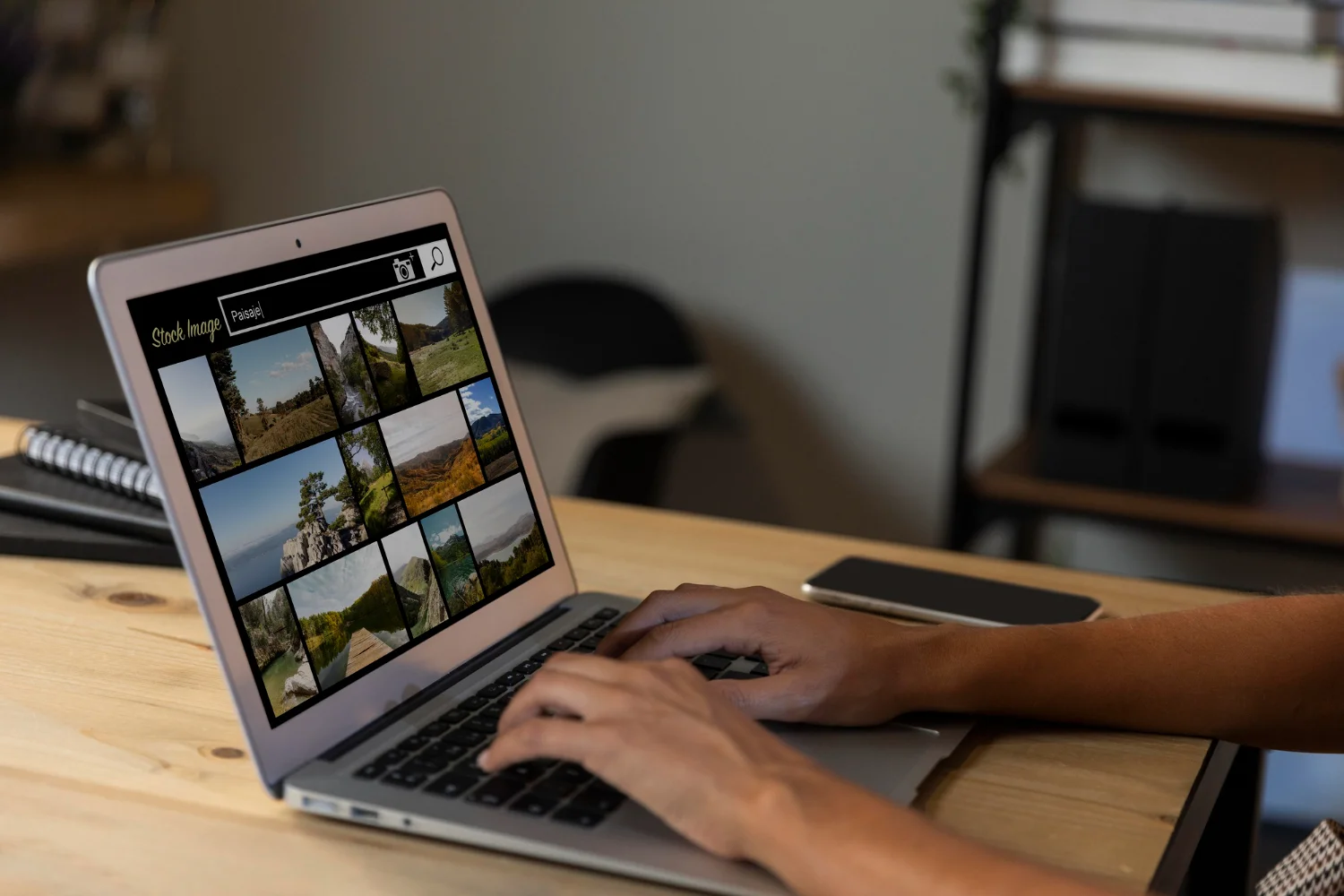
Is image scraping legal?
Generally speaking, scraping publicly available information from websites is often considered legal. However, there are a few peculiarities you’ve got to be aware of.
First, most images on the internet are protected by copyright laws. If you use them without permission, you could face legal consequences.
💡 In some jurisdictions, the concept of
Second, pay attention to data protection laws (GDPR in Europe or CCPA in the USA). Especially where user-generated content is involved. Besides, many websites have terms of service that explicitly prohibit scraping.
As you scrape image URLs from websites using extractors, you simplify the job for yourself. They often come with features that can help you comply with legal requirements. For example, rate limiting or user-agent spoofing.
Challenges of scraping all images from website
As you embark on image scraping, you should get ready that this journey is not always smooth. You may encounter anything from technical difficulties to data quality issues.
- Technical barriers. With the increasing use of JavaScript, AJAX, and dynamic loading techniques, scraping images has become more complicated than simply parsing HTML.
- Honeypots. Developers may set up traps to detect and block image extractors from websites. Honeypots are hidden links or images, which are invisible to regular users. Once a scraper interacts with a honeypot, it’s a clear signal that automated scraping is taking place.
- Other restrictions. Websites usually have IP blocking mechanisms or CAPTCHA to spot non-human behavior and block these IP addresses.
- Legal concerns. Based on our experience, around 37% of websites have terms of service that explicitly allow web scraping.
- Data quality. Image resolution, relevance, and the presence of watermarks impact the quality and usability of the collected data. In fact, Garter revealed that businesses lose $12.9 million on average because of poor-quality data.
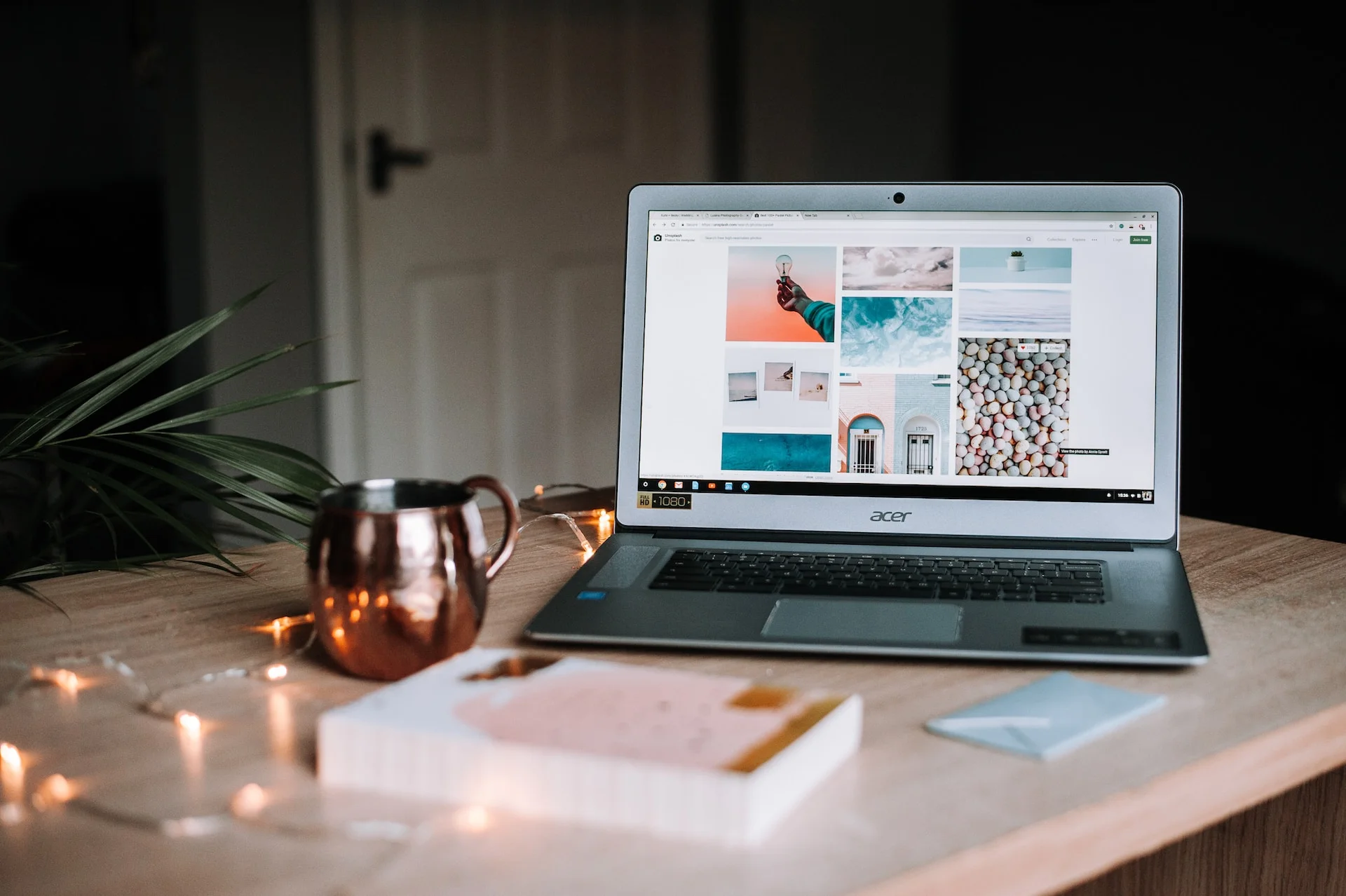
How to scrape images from a website?
1.Basic HTML parsing
If you’re just getting started or dealing with simpler websites, HTML parsing is your go-to method. You can use Python libraries to write a script to sift through a webpage’s HTML to find and download images.
Pros: It’s straightforward and budget-friendly.
Cons: This method struggles with dynamic websites.
2.API usage
If the website you’re interested in offers an API, you’ve hit the jackpot. APIs significantly simplify the data harvesting process. In fact, the website gives you the key to its structured information.
Pros: It’s the quickest, most efficient, and often the most above-board method.
Cons: Not every website offers an API, and those that do might set limits on what you can access.
3.Cloud-based image extractors
These platforms allow you to scrape images usually without writing any code. They have a user-friendly interface where you can set up, run, and manage your scraping tasks.
Pros: No coding required, scalable, often includes data storage solutions.
Cons: Monthly fees, less control over the scraping process.
4.Outsource to experts
If you’d rather get straight to the results, outsourcing to a specialized scraping company might be your best bet. These services often come with the advantage of expertise and ready-to-use infrastructure. In addition to image extraction, you may order PDF scraping or other services. Moreover, you also can benefit from data cleaning, storage, and even analysis.
Pros: Expertise and infrastructure provided, all the services in one package.
Cons: Reliance on the provider for data quality and security.
Final words
While there are multiple methods to choose from for image scraping, each comes with its own set of challenges and limitations. But why spend countless hours wrestling with code, worrying about legal pitfalls, or risking the integrity of your data? With Nannostomus, you get peace of mind knowing your image scraping needs are in the hands of experts. We offer a one-stop solution to cover everything from data collection to cleaning, storage, and analysis. Let’s discuss how we can help your company get high-quality image data to drive success.
